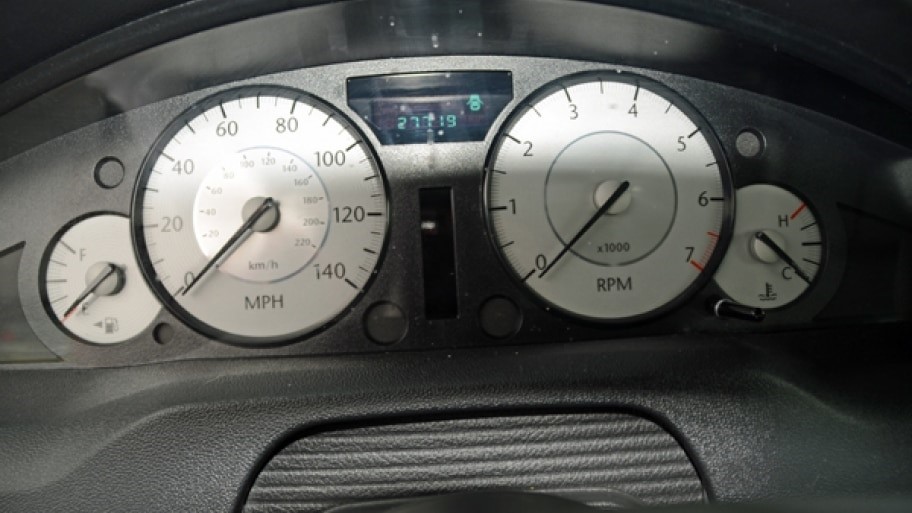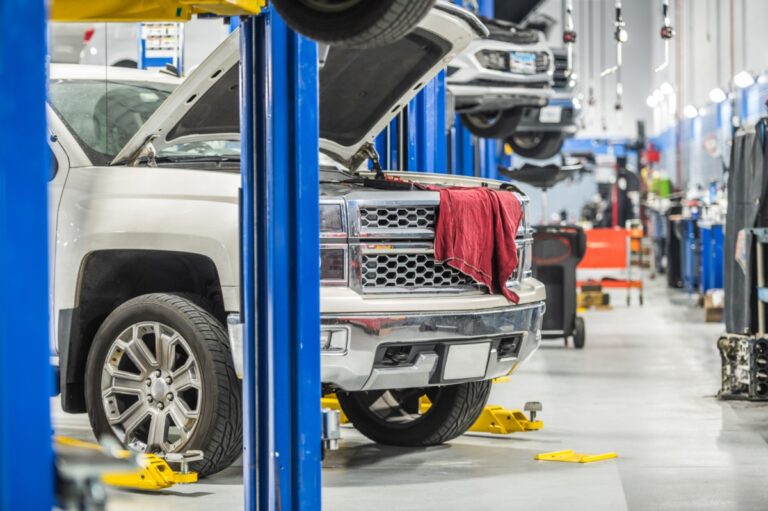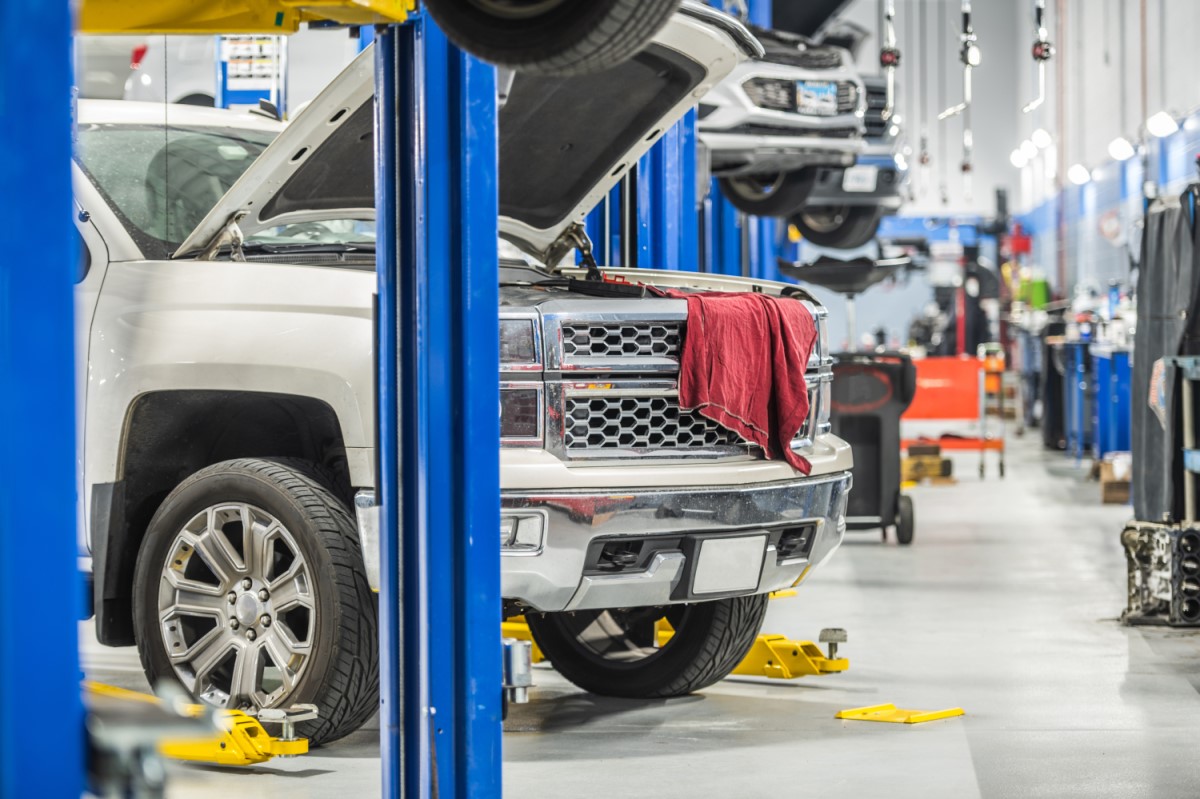Your car’s check-engine warning light can indicate a few issues, some of them serious. So follow these steps to determine if it’s a minor issue or an emergency.
During my 38+ years of experience in the automotive industry, I have had people call me in an absolute panic about the little yellow light that just came on in their car – also known as the check engine light, the service engine soon light, the maintenance-required light or even the “lit up little fish symbol.”
Unless the check-engine light is flashing, turns red, or your vehicle is running roughly, hard to start or is smoking, it is usually OK to drive (cautiously if necessary) to your local auto repair shop.
There are literally hundreds of operations within the car’s systems that the engine control computer constantly tests and monitors. Mostly the reason for the check-engine light coming on is related to the emissions system, which could indicate something simple like the gas cap not being screwed on tightly or a more costly repair like needing a new catalytic convertor.
Check the gas cap :
Did you recently fill up the gas tank? Be sure to tighten the cap tightly, as that is a commonly overlooked reason for the malfunction indicator light (MIL) to come on.
In fact, the computer may see this gross leak in the evaporator system and throw the code, but after you tighten it and the vehicle tests the system again after a couple of days of normal driving, it may turn the light off.
It should be safe to see if the light comes on again after a day or two and notice if the vehicle is running any differently. But…
Scan the computer :
But if it returns, definitely take it in and have your technician scan the computer for the latest codes (this should only take a few minutes and be provided free of charge). They will usually be able to make a quick diagnosis at that time and provide you with a free estimate.
Sometimes, however, there are cases when your auto service shop will need more time to accurately diagnose the problem, but they should tell you how long they think to will take and how much it will cost. Be sure to ask if that diagnosis time will be applied to the repair.
Sometimes the most urgent repairs will have to be performed, and the computer may then see another problem, so if you have recently had a repair and the check engine light comes on, definitely take it back to that shop and have them scan it again.
Basically, the check-engine light is a courtesy for you; the car is saying “Hey, I am seeing something wrong here,” which you will need to get repaired before any annual state inspections (if your state requires them). Some states such as Delaware have repair waivers where repairs are documented and regular fees may be waived for particular vehicles.
Is Your Check-Engine Light On?
Here are 5 of the Most Common Causes from The Car Husband :
The five most common issues, according to CarMD, along with their respective average costs to repair, are:
1. Replace catalytic converter(s) with new original equipment catalytic converter(s), $1,383
2. Replace oxygen sensor(s), $243
3. Replace ignition coil(s) and spark plug(s), $389
4. Replace mass air flow sensor, $336
5. Tighten or replace fuel cap, $25
Catalytic Converters Are Hot
One explanation for the frequency of catalytic converter replacements is a lack of regular maintenance.
“We don’t want people to panic when they hear that catalytic converters are the most common repair,” David Rich, CarMD technical director, said in a statement. “It’s important to remember that while catalytic converters are costly, they don’t typically fail unless maintenance and other repairs like a faulty oxygen sensor or ignition coil are ignored, or a vehicle has high mileage.” Vehicle age may also play a factor, as the average increased to 11.9 years in 2020.
Another possible explanation is the increase in catalytic converter thefts.
While 2019 saw an average of 282 catalytic converter thefts per month, according to National Insurance Crime Bureau statistics, 2020 saw an average of 1,203 thefts per month.
Easy Fix
As for the fifth most common repair — tighten or replace the fuel cap — be sure to check your fuel cap if your check-engine light comes on. It may be loose or not closed at all following a recent fill-up, and properly tightening the fuel cap yourself is likely one of the easiest DIY car repairs.









